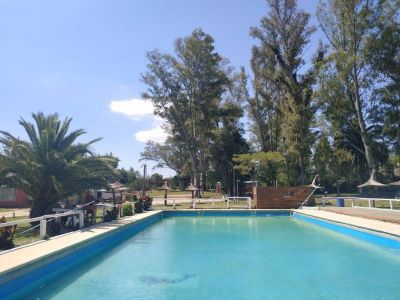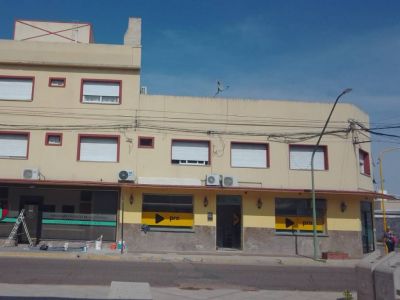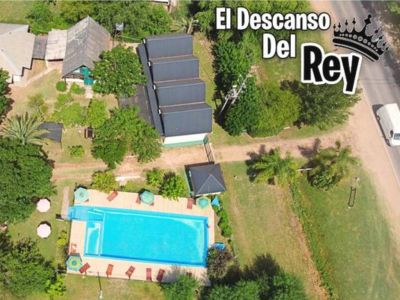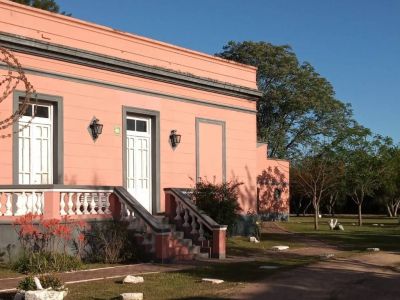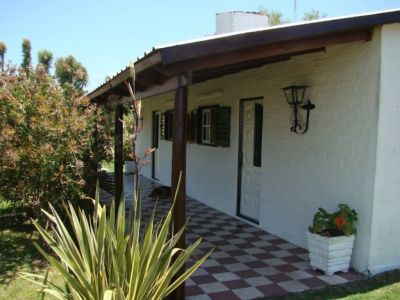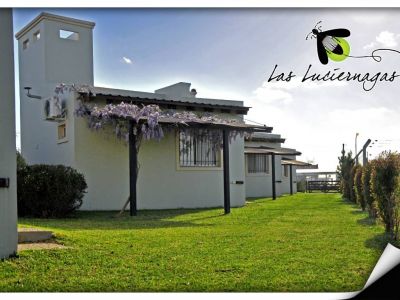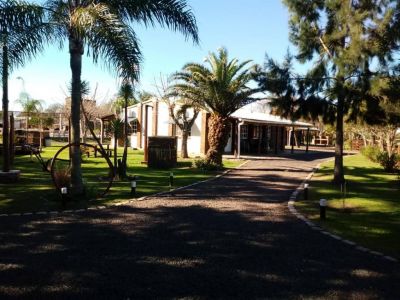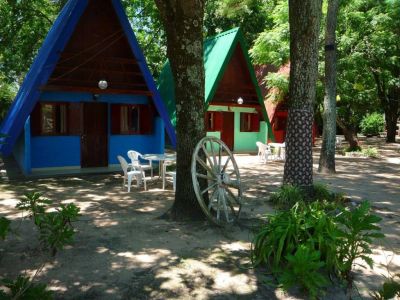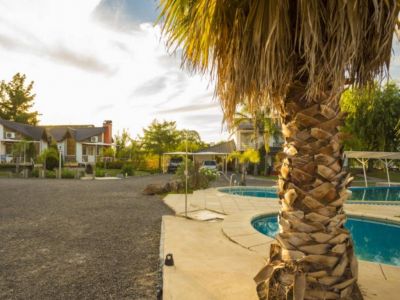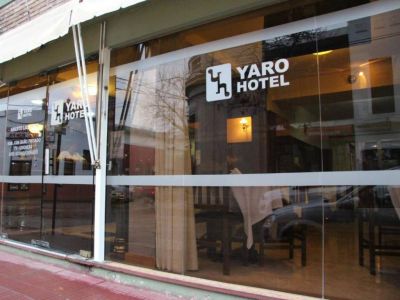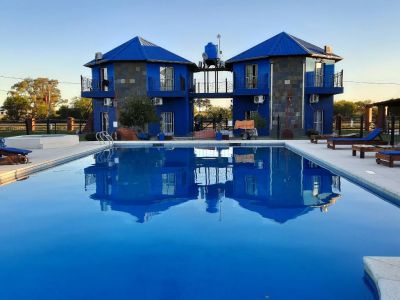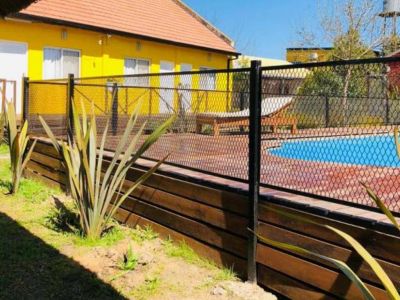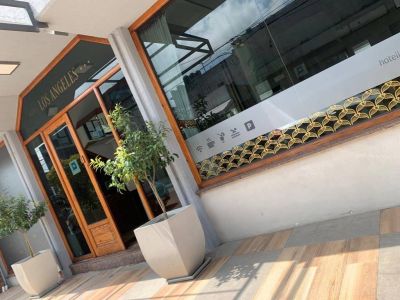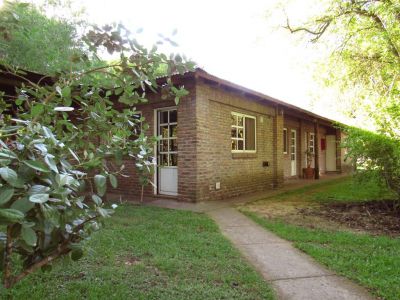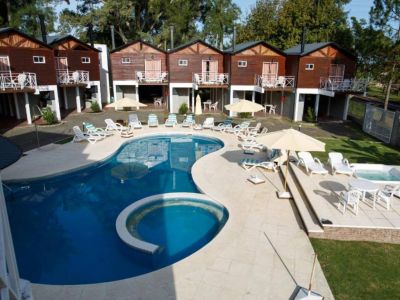Even if carnival is its main attraction, its green spaces, its beaches and bathing resorts turn it into an ideal site to visit at all seasons, for even if King Momo is asleep, the people’s eyes are wide open.
About Sands, Beaches and Fresh Waters
The Gualeguaychú River, which bears the same name as the city, is in charge of painting the river banks in different colors by bringing about crafts such as sailing boats and wooden rowboats led by anglers.
The Port Promenade, along with the docks where the carnival floats are kept, is one of the most picturesque points in the city. A kind of Puerto Madero in Entre Ríos that, believe it or not, was much copied by the porteños, especially by integrating an old site to daily activities such as hiking or cycling.
As they cross the bridge over the Gualeguaychú River, visitors may see Unzúe Park, the natural borderline between the road to the International Bridge and this city in Entre Ríos. Following along the road, the famous Ñandubaysal campsite and bathing resort is reached. This is a pond with white sand and clear waters that enable visitors to spend some time on the shores of the beautiful Uruguay River, enjoy the sunshine and all kinds of recreational and nautical activities.
With a landscape of shady trees to have a wonderful rest and by a resort built by brilliant Uruguayan Paez Vilaró, this corner of the city lets us find ourselves immersed in a kind of nature that still has very little pollution.
In the Big City
In the City of Gualeguaychú, there are countless possibilities to go hiking, trekking or jogging, camping and enjoy photographic safaris and wildlife mapping. But it is also possible to hire a ride on sailing-boats, motorboats or catamarans leaving from the local pier, or practice paragliding in some nearby estancia.
Fishing is another usual activity in the Uruguay River and in the creeks that empty into its main course. Dorados, surubíes, pejerreyes and patíes may be caught in the area.
The Corsódromo operates in January and February, but it is visited by thousands of tourists during the rest of the year. Comparsas such as the Club de Pescadores’ O’Bahía, the Club Central Entrerriano’s Marí-Marí and the Tiro Federal’s Ara-Yeví attend carnival with their colorful costumes and all the magic in search for glory. Visitors from all over the country and the world gather here to enjoy this wonderful show.
The Historical Shell and Its Charm
San Martín square is the main square in town. It shelters the monument raised to pay tribute to General San Martín, to those who fell in Malvinas, and the famous Poet’s Corner, dedicated to local men of letters.
Its cathedral, called “Saint Joseph”, is one of the most ancient churches in the province and is totally worth a visit.
A few meters away stands the old Cine Palma, somewhat abandoned today, which immediately reminds us of the famous film Cinema Paradiso, even for its location, opposite the main square. School Number 1, Guillermo Rawson, which stands in the same block and was open both for boys and girls by 1922, still educates and raises citizens today.
Its theater, located at 700 Urquiza Street, is a monument to art. Founded in 1914, it was declared National Historical Monument and some of its anecdotes include a visit by the great Carlos Gardel, who occupied one of its seats and even sang on the stage.
But it is its streets, its old cars and its ancient houses which have a mystic of its own which turns this into a fascinating city. A city to walk about, to look around and to listen. From time immemorial, Gualeguaychú has been a city with much to tell. One only has to know how to listen.
Pablo Etchevers
Jorge González
Phone: +54 3446-423668






